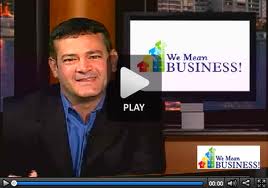What are the Details Saying About You? (Part 1 of 2)
How You’re Creating the BIGGEST Impression Even with the Smallest of Things
Recently, I was waiting to meet a client at a restaurant. While pecking away on my laptop, I noticed one employee jumping up and down near the wall. It turns out he was trying to see if there was any dust on the top ledge of the wall-mounted coat rack. Later, I saw this same gentleman removing wall decorations for dusting.
The folks at this restaurant must realize something most businesses completely miss – it’s all in the details. As a patron, when you see dust on decorations, ceiling fans, or even in restrooms, what do you “make true” (assume to be true) about that establishment? You see, every detail you notice – both consciously and unconsciously – goes into your mental bag of evidence. No matter how much or how little evidence you’ve collected, your first impression has already been formed about an establishment; an individual; a company.
This becomes your “truth.” It may not be THE truth, but it is your truth … which IS the truth … to you. This begs the question, what are your clients “making true” about you?
 A friend who owns a business recently received some (very valuable) feedback from a client. It was all positive and generous comments and compliments about their overall experience and the products … then this client said, “… but have you noticed that you have a few stained ceiling tiles?” [Read more…]
A friend who owns a business recently received some (very valuable) feedback from a client. It was all positive and generous comments and compliments about their overall experience and the products … then this client said, “… but have you noticed that you have a few stained ceiling tiles?” [Read more…]


















